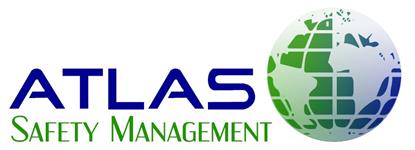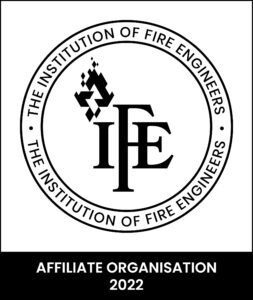Automated external defibrillators (AED) are devices that restore a normal heartbeat by sending an electric pulse or shock to the heart. They are used to prevent or correct an arrhythmia, a heartbeat that is uneven or that is too slow or too fast.
Automated external defibrillators (AED) can also restore the heart’s beating if the heart suddenly stops.
Main Points
A person whose heart stops from sudden cardiac arrest must get help within 10 minutes to survive. Fainting is usually the first sign of sudden cardiac arrest. If you think someone may be in cardiac arrest, try the following steps:-
• If you see a person faint or if you find a person already unconscious, first confirm that the person cannot respond. The person may not move, or his or her movements may look like a seizure.
• You can shout at or gently shake the person to make sure he or she is not sleeping. But never shake an infant or young child. Instead, you can gently pinch the child to try to wake him or her up.
• Check the person’s breathing and pulse. If the person is not breathing and has no pulse or has an irregular heartbeat, prepare to use the AED as soon as possible.
Who can use an Automated External Defibrillators (AED)?
You don’t need to be trained to use an AED – anyone can use it.
There are clear instructions on how to attach the defibrillator pads. These sticky pads with sensors, called electrodes, are attached to the chest of someone who is having cardiac arrest. The electrodes send information about the person’s heart rhythm to a computer in the Automated external defibrillators(AED). The computer analyses the heart rhythm to find out whether an electric shock is needed. If needed, the electrodes deliver the shock. You cannot deliver a shock accidentally.
Automated external defibrillators (AED), are in many public spaces and were developed to save the lives of people experiencing sudden cardiac arrest.
4 steps to take if someone is having a cardiac arrest:-
• Call 999
• Start CPR
• Ask someone to bring a defibrillator if there is one nearby
• Turn on the defibrillator and follows its instructions
Response Times and Their Importance:-
• The emergency services average response time to a cardiac event related incident in an urban area is 11 minutes
• For every minute that goes by where a victim of Sudden Cardiac Arrest does not receive treatment, their chance of survival decreases by 10%
• If defibrillation to be successful, it needs to be delivered within a few minutes of the patient’s heart entering into Ventricular Fibrillation (VF), but this period can be extended slightly if a bystander provides effective Cardiopulmonary Resuscitation (CPR) without delay or hesitancy.
• The likelihood of causing harm to the patient by performing CPR or using an AED is very small.
• Basic first aid will maintain an oxygen supply to the patient’s brain and other vital organs and make it more likely that the heart can be restarted by a defibrillator.
• The main reason so few people survive Sudden Cardiac Arrest is due to defibrillation not being provided quickly enough after they have collapsed.


